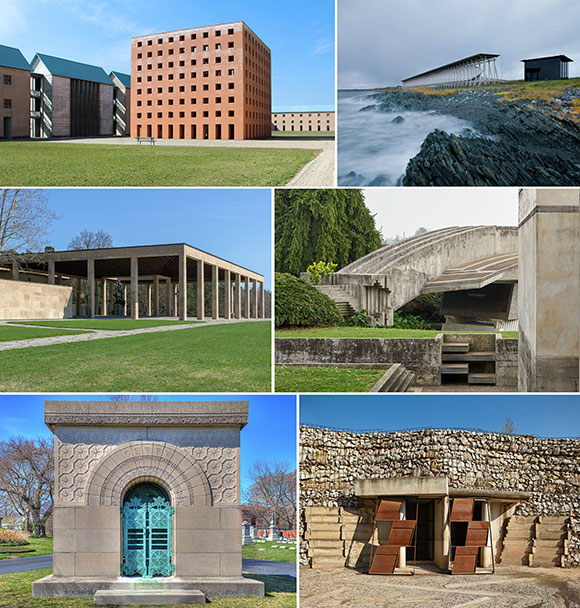#183: ARCHITECTURE OF REMEMBRANCE: HOLLYWOOD FOREVER CEMETERY
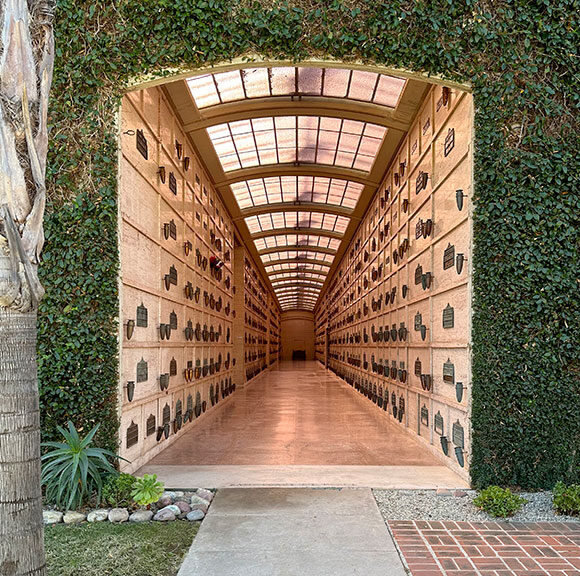
Abbey of the Psalms (photo by Anthony Poon)
Many think of cemeteries as a scary place, a haunted graveyard of evil spirits. But for others, remembrance is not only profound, but an act of resolution and peace, even celebration. Hollywood Forever cemetery, founded 1899, serves not just as a burial ground, but an iconic cultural landmark—from art exhibits to film festivals, from author readings to a park to simply stroll its sublime surroundings.
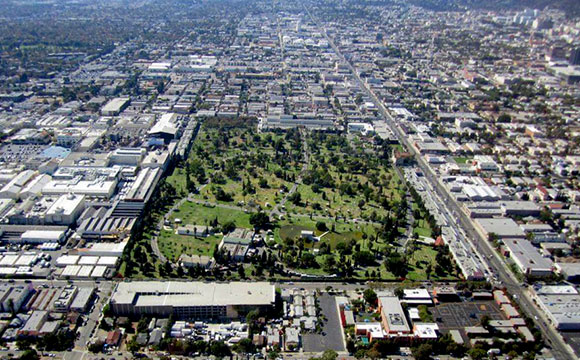
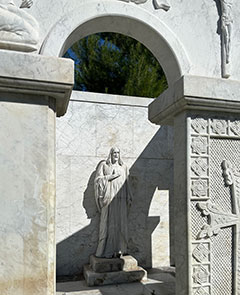
Not just a “sleeping place” (from the Greek root in “cemetery”), Hollywood Forever is fascinated both with death as much as life. On the acclaimed National Register of Historic Places, this 62-acre cemetery is a blank canvas for spiritual, psychological, and emotional recovery—with a sense of place that reaches beyond its sacred agenda.
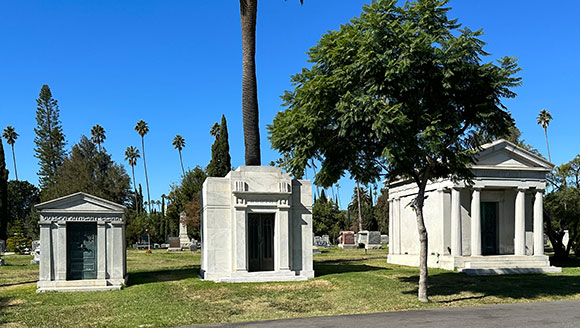
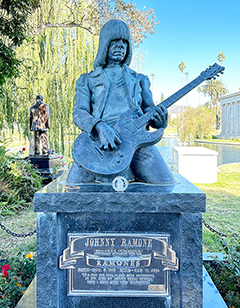
Hollywood Forever serves a mix of cultures and communities, honoring a diversity of faiths, traditions, and belief systems: Christian, Jewish, Buddhism, Dia de Los Muertos, to name a few. The architecture comprising this cemetery explores many forms of tribute: tombstones, mausoleums, crypts, cremation niches, and the recently added environmentally-green burial. Many such explorations embrace the idea of custom design to the most elaborate. Alongside traditional headstones and angels, one can visit regionally-specific pagodas, elaborately crafted bronze statues, and classical structures of all types—from modest to one stationed on its own lake.
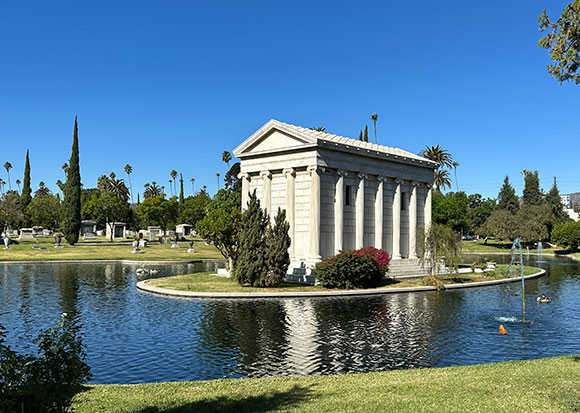
A draw for tourist and film buffs, some of the 80,000 gravesites provide the final resting spot for Hollywood’s biggest names of the past: Nat King Cole, Cecil B. DeMille, Judy Garland, Cary Grant, Alfred Hitchcock, Jayne Mansfield, Johnny Ramone, Mickey Rooney, Rudolf Valentino, and Mel Blanc, the voice of Bugs Bunny. Also, Toto from The Wizard of Oz, a terrier named Terry, is not to be missed. Hollywood Forever, as a pop icon, even makes cameos in mainstream culture from music to movies, including TV shows like Breaking Bad and Better Things.
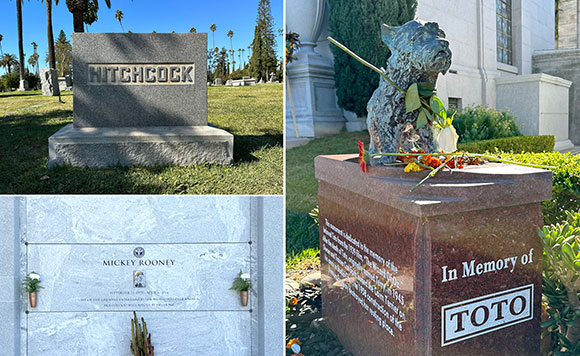
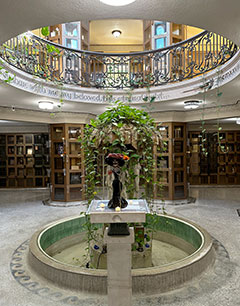
In the heart of Hollywood, the cemetery’s history is not without scandal. In 1939, convicted felon, Jules Roth, purchased 51% property stake, then use cemetery funds for personal gain and luxuries. When he was forced to sell, he turned parts of the grounds into a strip mall, auto repair, and laundromat. Hollywood Forever fell into severe disrepair, with many of the bodies needing to be relocated. In 2010, CEO Brent Cassity ran a Ponzi scheme totaling half a billion dollars to fund improvements at Hollywood Forever and other projects.
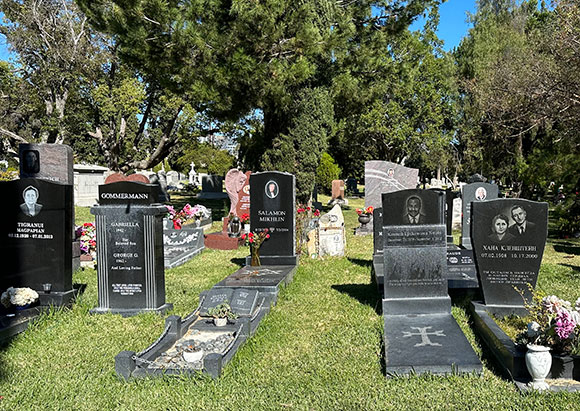
Through history, some of the most legendary architects have designed for death and remembrance. Though Hollywood Forever has no award-winning architect’s signature, its design—as do such designs from renowned architects—responds to a quote by Japanese writer, Haruki Murakami, “Death is not the opposite of life but an innate part of it.”
